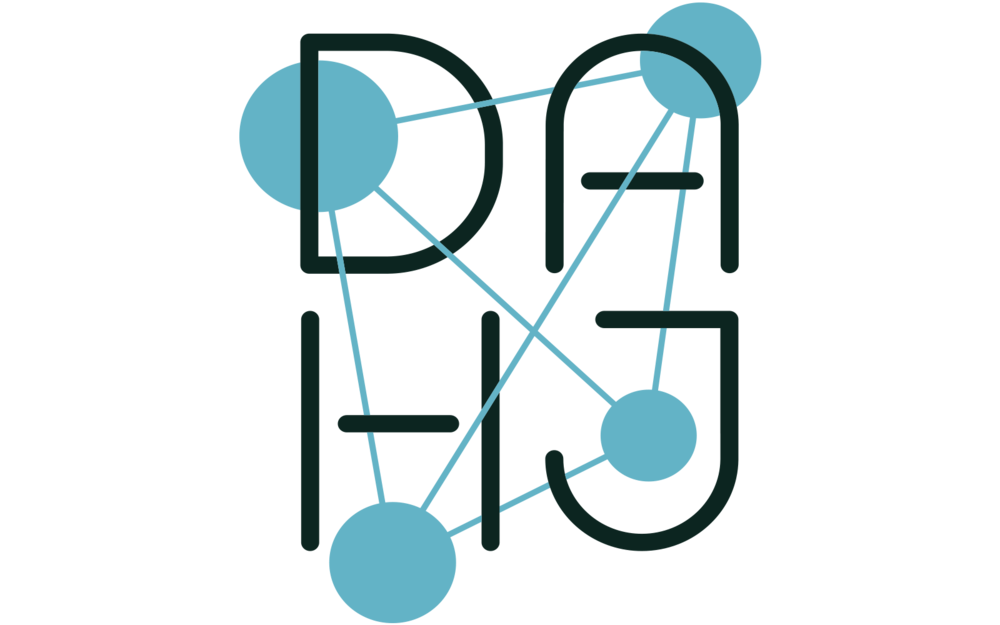Abstract
CyArk is a California-based nonprofit dedicated to digitally documenting and preserving world heritage. Since 2003, they have used photogrammetry and laserscanning to capture 3D data for over 200 sites; most recently, they have partnered with Google Arts & Culture to create an open-access platform for these sites . Here, two members of the CyArk team, John Ristevski (Chairman and CEO) and Elizabeth Lee (Vice President of Programs and Development) sit down with Justin Underhill to discuss the past and present of digital cultural heritage.
DOI: https://doi.org/10.11588/dah.2018.3.49914
Authors
John Ristevski
is the Chairman of the Board and CEO of CyArk. John as formerly the Vice President of Reality Capture and Processing at Nokia’s mapping company, HERE, where he led the company’s initiative to index reality. John joined HERE in 2012 through the acquisition of his company, earthmine, which developed systems to capture and deliver highly accurate street level imagery and 3D data of cities. John is a Fellow of the Royal Institute of Chartered Surveyors and currently serves on the board of the nonprofit CyArk. He has lectured at Stanford‘s Civil and Environmental Engineering Department and has a Master of Science degree from the University of California at Berkeley and degrees from the University of Melbourne in both Geomatic Engineering and Law.
Elizabeth Lee
serves as Vice President for Programs and Development for CyArk. Her expertise includes developing international partnerships in support of technology driven solutions for cultural heritage protection, education, and appreciation. Originally trained as an archaeologist with excavation experience in Turkey and Hungary, Elizabeth has been applying 3D technologies to the cultural field for over a decade. She has extensive experience in working with foreign governments and local communities including cultural ministries and the United Nations Educational Cultural and Scientific Organization (UNESCO). Elizabeth is a graduate of the University of California, Berkeley and is a member of the US Chapter of the International Council on Monuments and Sites (ICOMOS). She is a past winner in the South by Southwest (SXSW) Eco Place by Design competition.
Dr. Justin Underhill
is editor of DAHJ. He also runs the Visualization Lab for Digital Art History at UC Berkeley. He has held postdoctoral fellowships in digital humanities at UC Berkeley and the University of Southern California. His research interests include 3D data capture (photogrammetry and laser scanning), modeling and rendering as tools for reconstruction and simulation, VR/AR, and projection mapping.

